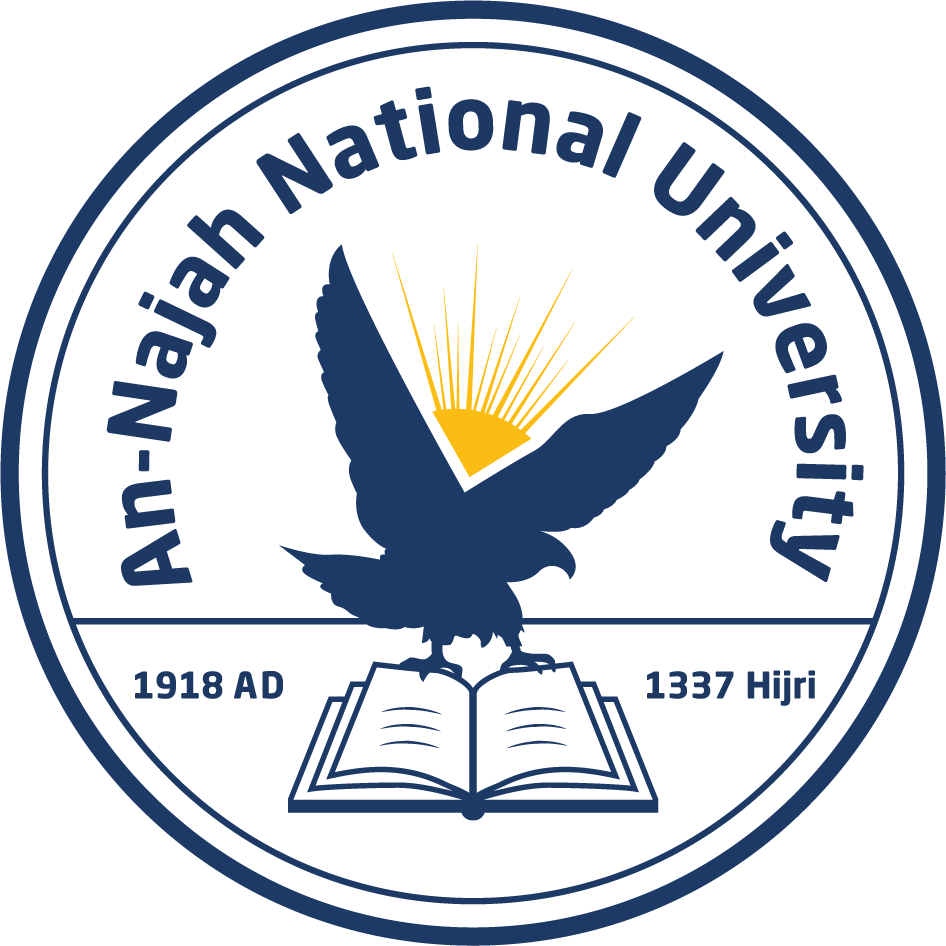Engineers Association and An-Najah host workshop on seismic design and seismic risk Mitigation
Following the successful adoption of seismic building code in Palestine, Dr. Jalal Dabbeek, Director of An-Najah’s Urban Planning and Disaster Risk Reduction Centre (UDRRC), held a joint workshop with the Engineers Association for around 50 engineers in Ramallah. The workshops are part of a series held jointly by the UPDRRC and the Engineers Association across the West Bank to educate engineers on the practical application of the new Code.

The workshop was opened by the Head of the Engineers Association, Eng. Ahmed Adili, who highlighted the importance of seismic risk mitigation and welcomed the delegates, which included practitioners, institutions and stakeholders. He went on to praise the collaborative approach undertaken by the Association, An-Najah, various local institutions and stakeholders to provide specialist training courses, such as this one, for practitioners and new graduates. He stated:
The Engineers Association is always keen to keep up with all the developments related to the global scientific engineering profession. Increasing awareness and efficiency of its engineers and ensuring their abilities are commensurate with global quality standards.

In the opening session Dr. Dabbeek covered the key milestones of the SASPARM Project and how that led to the final adoption of seismic building code in Palestine. Dr. Dabbeek then addressed the main points of the lecture, which was part of a condensed course, aiming to educate practitioners in just 100 minutes (2 hours).
Dr. Dabbeek’s lecture first took delegates through the seismic zone that Palestine inhabits and the probability of the occurrence of an earthquake. He also discussed the seismic site effect and what that means in terms of risk from seismic forces. He went on to highlight how a large number of Palestine’s buildings were not seismic resistant and how this contributed to a high disaster risk for Palestinian society.
His lecture then turned to how these risks can be reduced through seismic building design, giving a detailed run-through for delegates on how to apply the new Code.
The workshop closed with an opportunity for delegates to ask questions and discuss the issues and solutions raised in Dr. Dabbeek’s lecture.

Notes to Editor:
- The Support Action for Strengthening Palestinian-administrated Areas capabilities for Seismic Risk Mitigation (SASPARM) project is part of the EU’s FP 7 projects.
- The SASPARM project implemented a seismic building code in Palestine, based on the Jordanian Code. It was adopted at the beginning of 2014 and is now compulsory code for all construction.
- The SASPARM project was implemented with An-Najah’s partners: the European Centre for Training and Research in Earthquake Engineering (EU Centre); and the Institute for Advanced Study (IUSS) in Pavia, Italy.
- This workshop follows on from similar events held in Nablus and Hebron earlier in the year.



